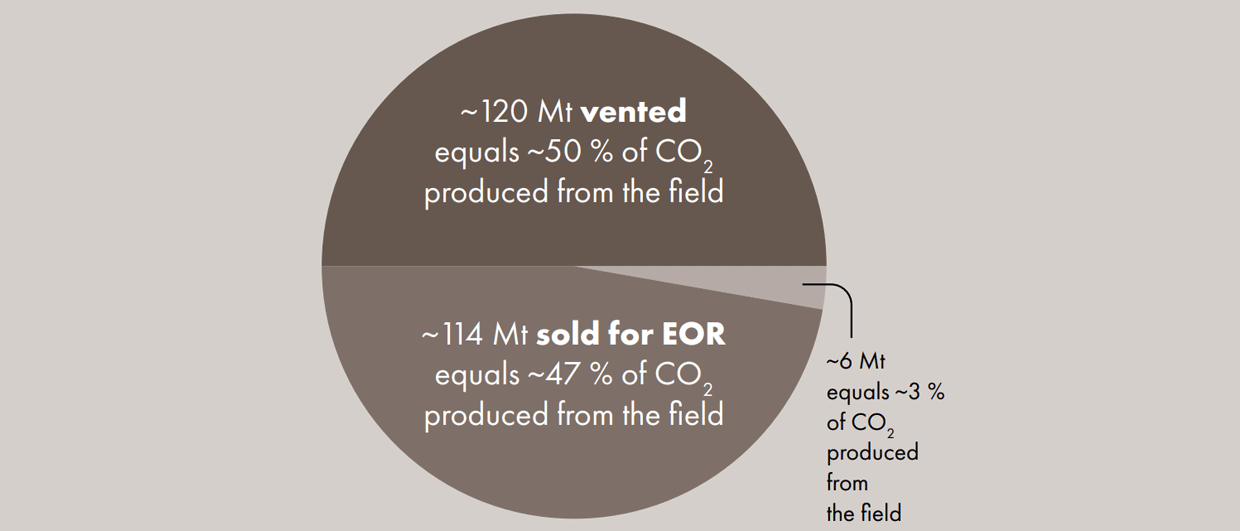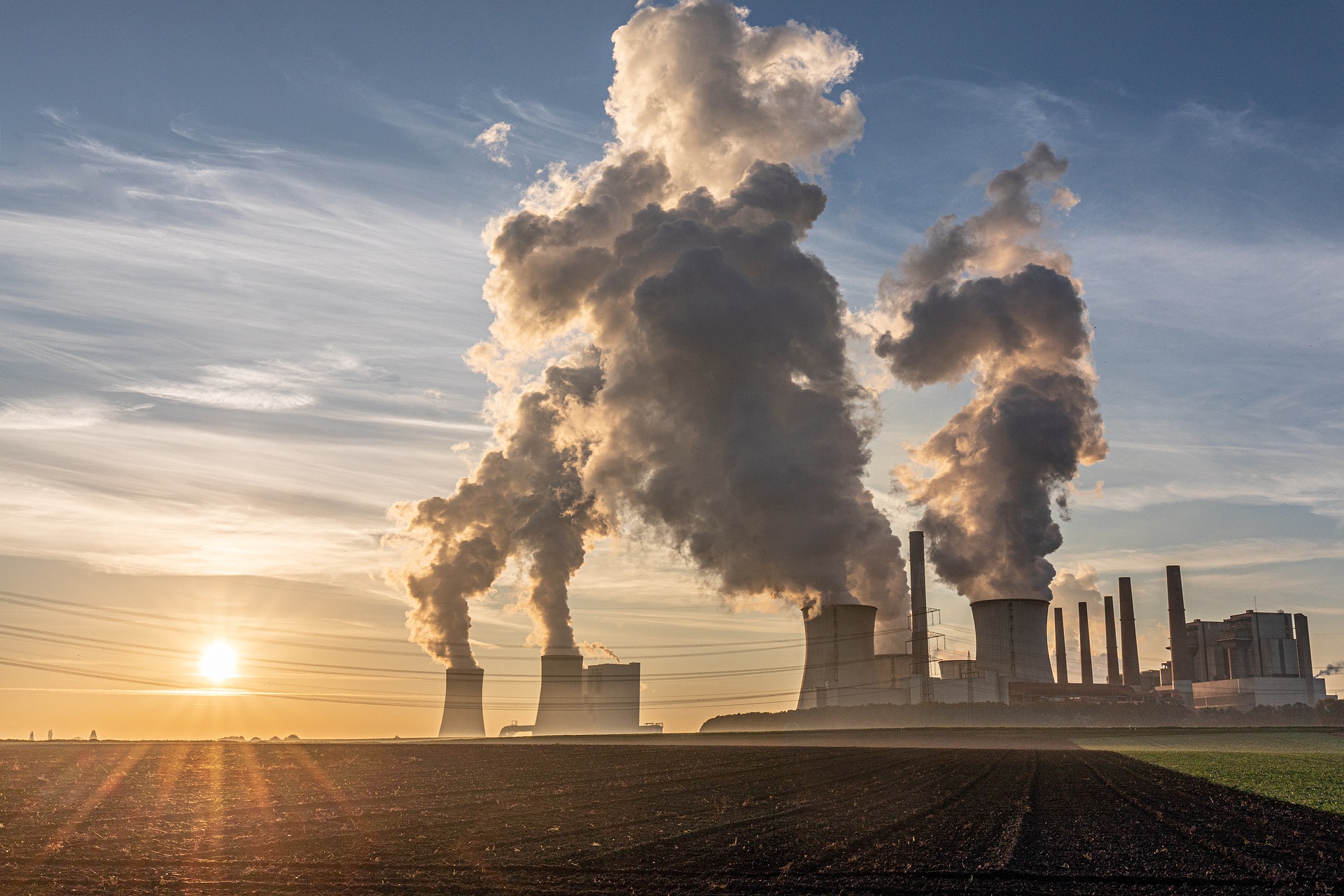In July, the Pulitzer Center published an article entitled “Documents, Whistleblowers, and Public Comments Are Clear: Oil Companies Know Carbon Capture Is Not a Climate Solution”.
The authors state that whilst major oil companies claim that carbon capture and storage will be essential for helping society achieve net-zero emissions, internal documents as well as information shared by industry whistleblowers reveal an industry that is decidedly more realistic about the emissions-reduction potential of CCS than it presents publicly.
But is this a surprise? Of course it is not. It is the result of trying to force commercially driven businesses to take on an activity that is essentially a utility. Until a better model for large-scale CCS has been found, such as the carbon takeback obligation, the public cannot expect carbon storage to ramp up to a point where it really starts to make a dent.
What the authors exposed is the difference between corporate communication and what many well-intentioned people working in the energy sector will say when you talk to them privately. It is something that I experience so often when talking to people at the periphery of carbon capture-themed conferences.
The oil industry knows that there is no money to be made with just storing CO2 in the subsurface. That is why it is doing CO2 EOR in the US, and that is why Equinor only started injecting CO2 in Norway as a response to being imposed to more expensive taxes when it wouldn’t. Cash was always the driver, long before the climate became a hot topic.
LaBarge
The authors do reveal well how limited the scale of today’s activities are. Take the LaBarge CO2 storage project in Wyoming, widely celebrated by Exxon as one of the most longstanding CO2 storage projects in the world. They quote a study from The Institute for Energy Economics and Financial Analysis (IEEFA) that only 3 % of the CO2 that has come out of the ground – the field has a 66 % CO2 content – has been re-injected in LaBarge.
I attended a talk by Patricia Montoya from ExxonMobil at the IMAGE conference in 2022. She only talked about the millions of tonnes that were so far injected and the plans for drilling another injection well, but the overall picture, which includes the much bigger volume of CO2 that has so far been vented, was not mentioned in the talk. It is very useful to have that perspective.
Subsurface is taking the hit
However, as happens often, the subsurface is taking the hit in the Pulitzer Center piece. Unnecessarily. The authors leave the impression that subsurface storage is unsafe when they quote Carolyn Raffensperger, executive director of the Science & Environmental Health Network in the US: “When CO2 is actually sequestered underground, there’s no guarantee it stays there….”
Investigative journalism is a good thing. But it should not come as a surprise that oil and gas operators have a different narrative about CCS behind closed doors. It is societal pressure that is partly to blame – forcing a commercial industry into a venture requiring subsidies. To really make it work, a carbon takeback obligation should be forced upon the global industry instead. But please do not start casting doubt that the subsurface cannot hold the CO2. It is safe to do so, as many geoscientists will be able to confirm.





